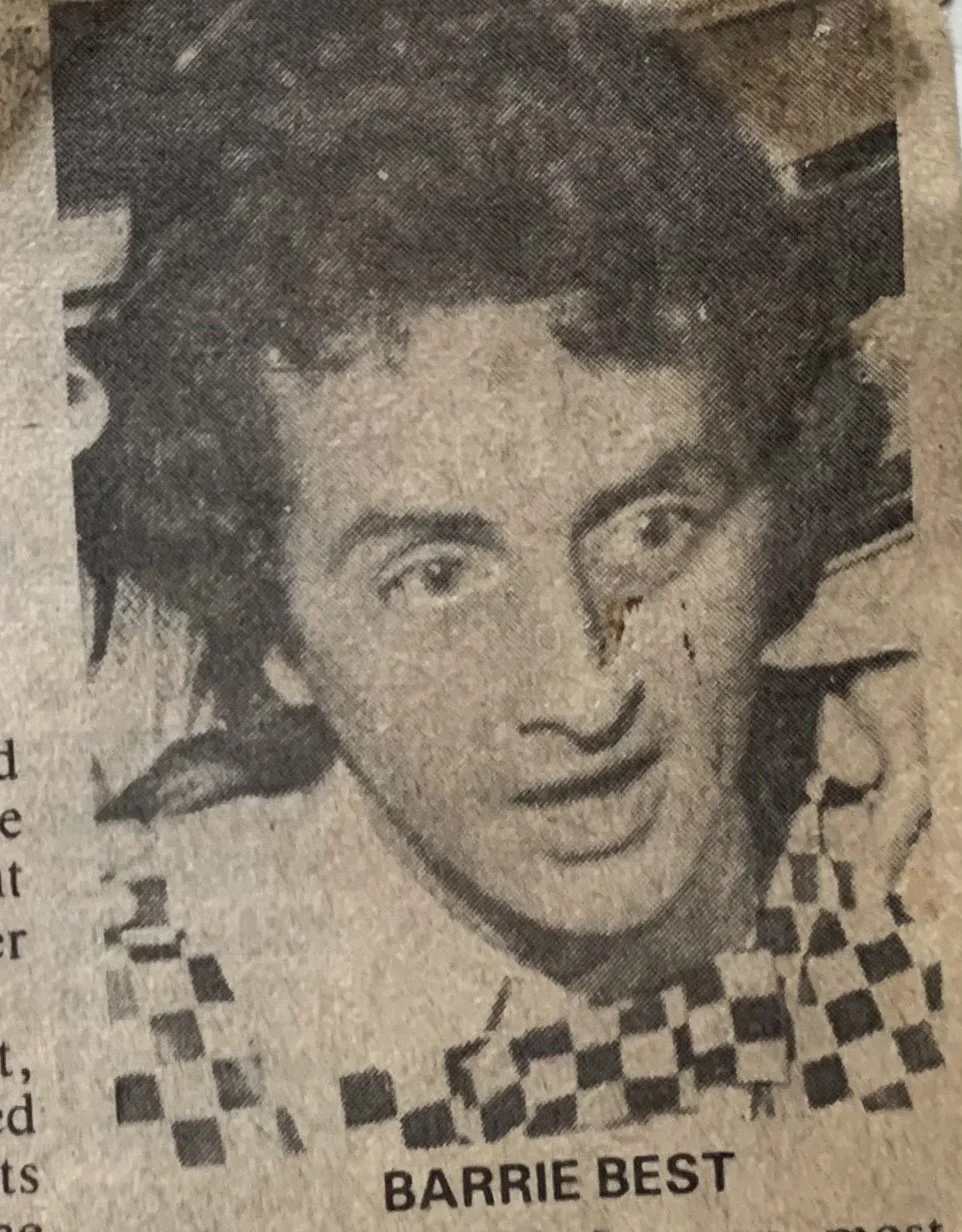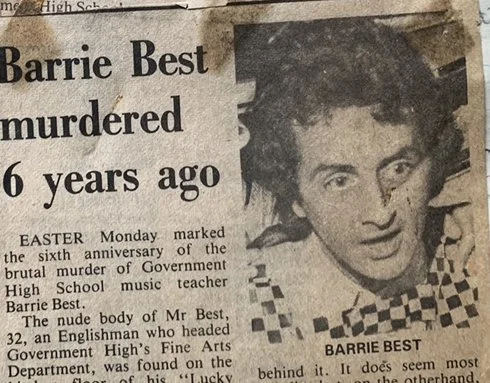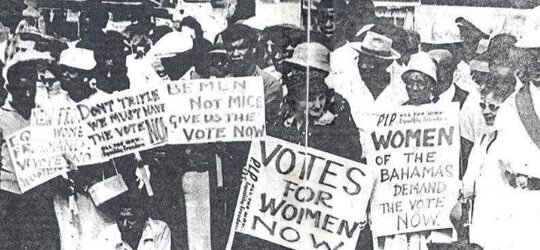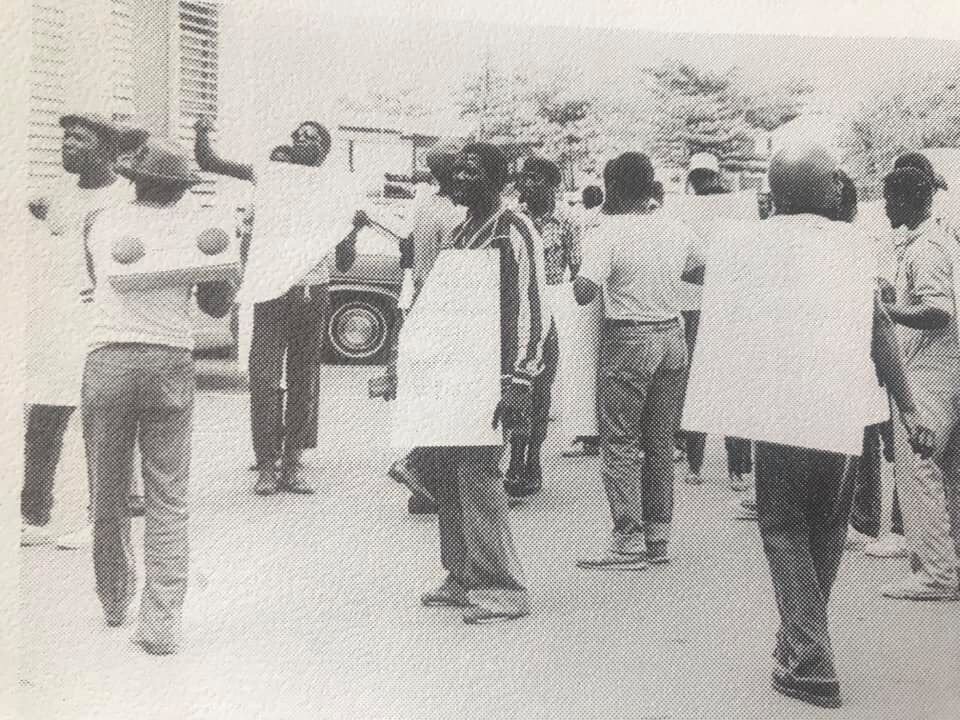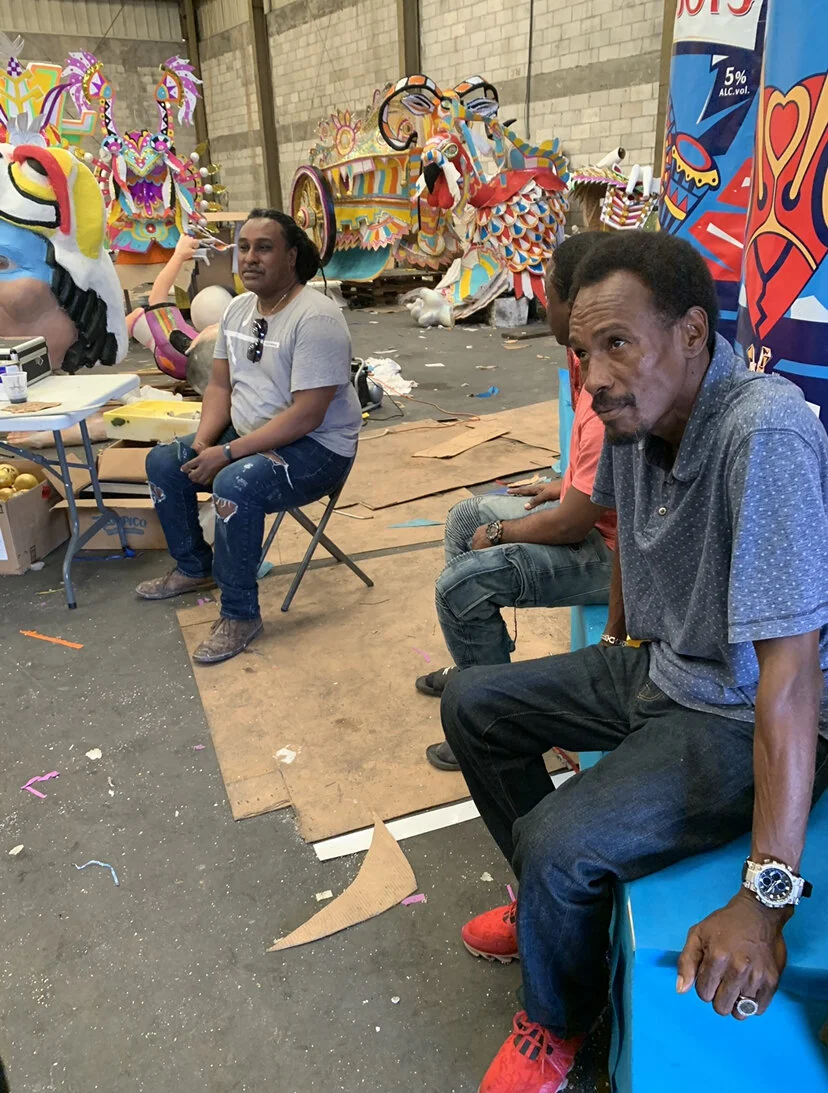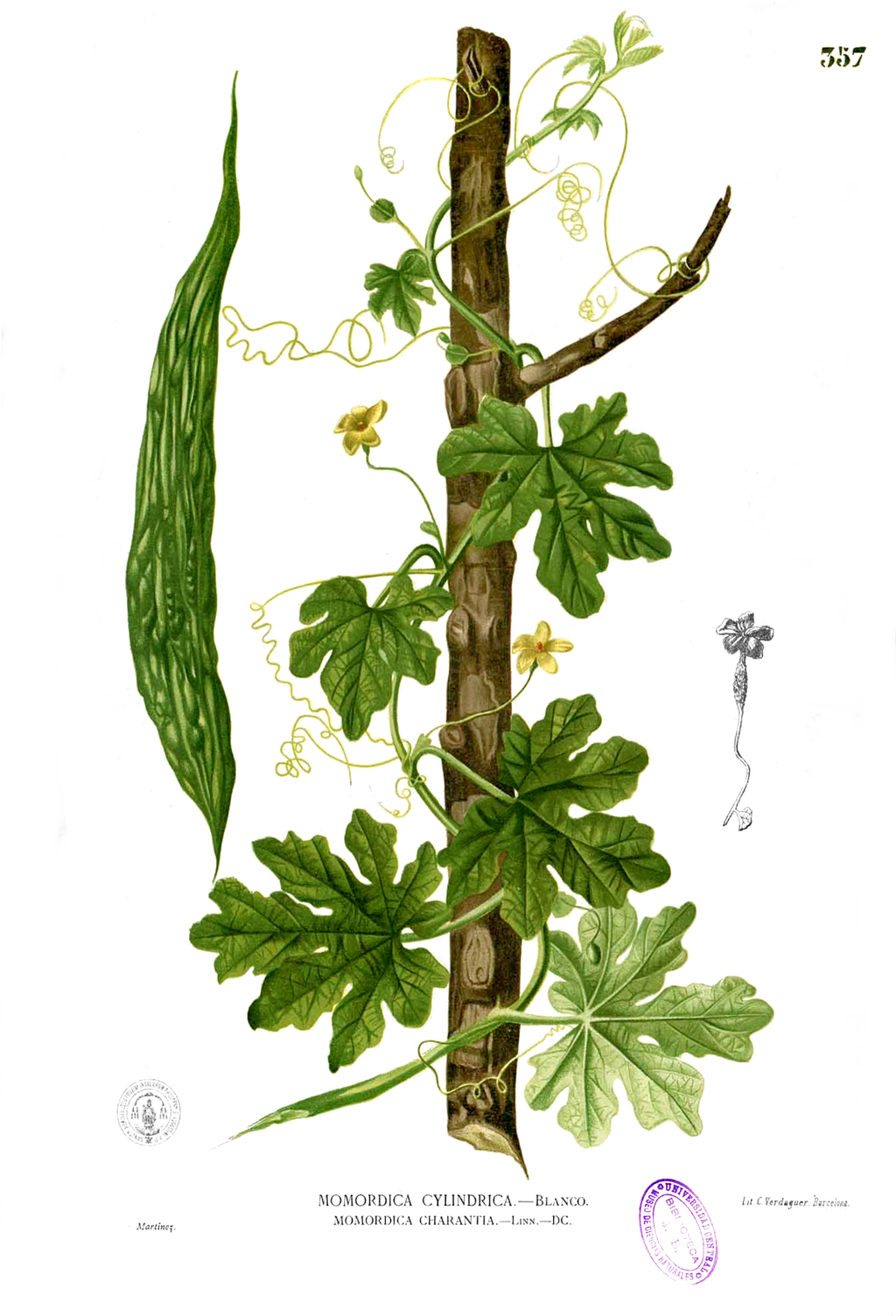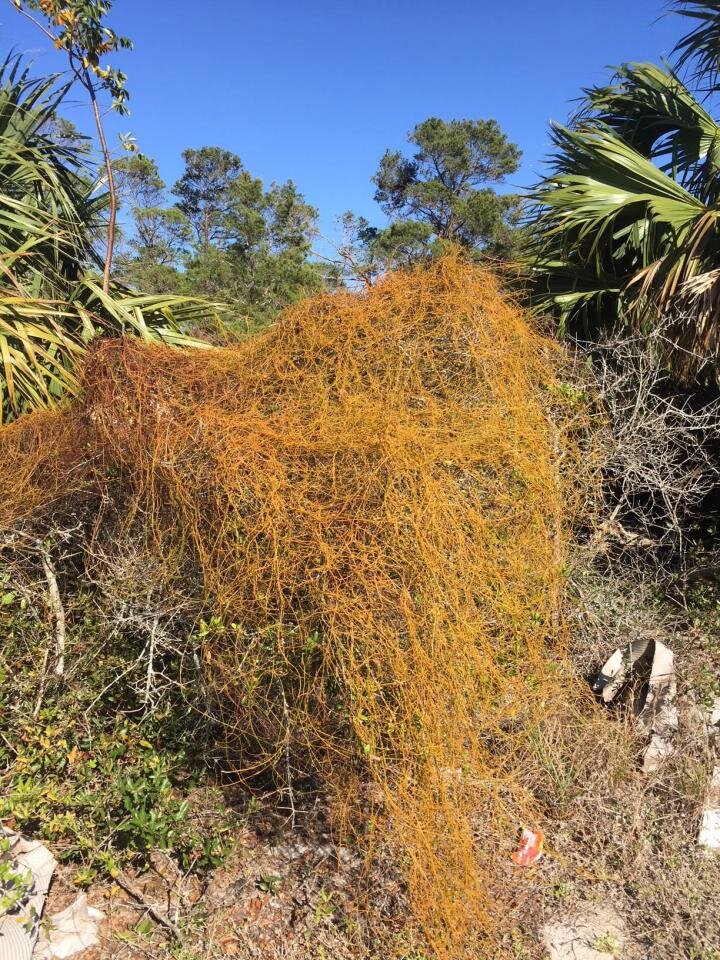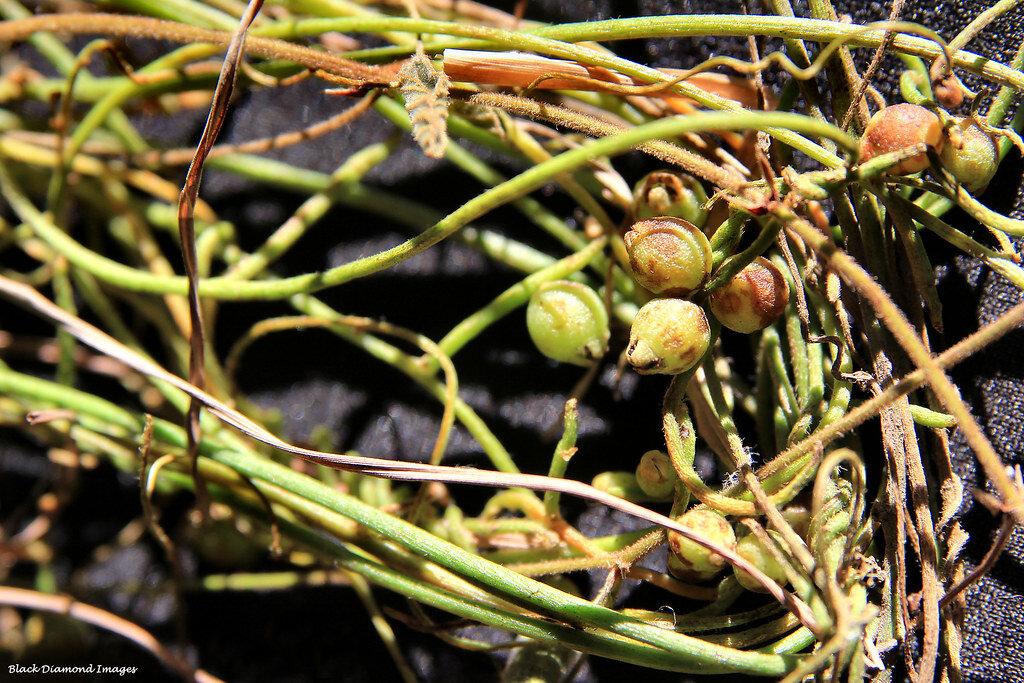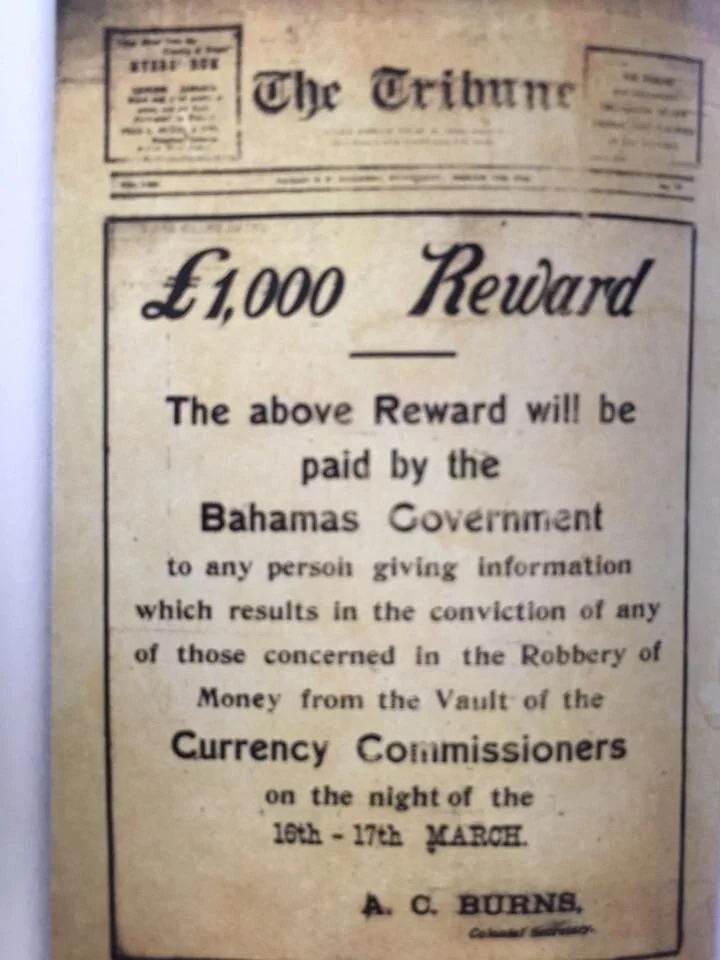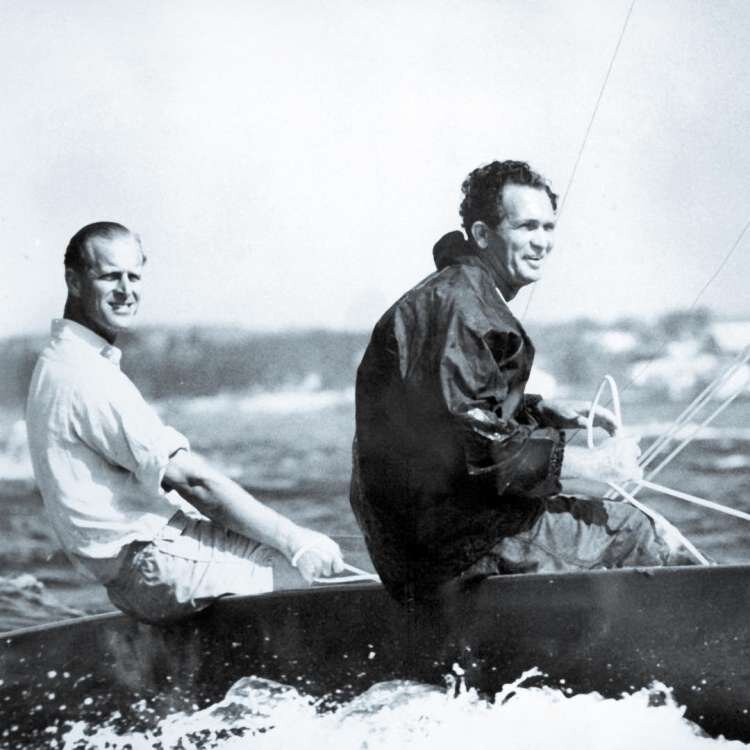The murder of Barrie Best
Barrie Best was a fine arts teacher at The Government High school and was well known for his many contributions to the fine arts in The Bahamas.
Mr Best contributed by being a member of the Nassau Amateur Operatic Society, the Renaissance singers, a committee member of The Bahamas Music Society and the director of the New Providence School Concert Band
On Saturday April 7th 1979 Mr. Best attended the Dundas for the national school of dance production of African Sanctus and Snow White. He left and this this would be the last time his peers saw him alive
When Barrie Best didn’t show up for class on Monday his friend Stuart Glasby a friend and fellow teacher at G.H.S was very concerned as it was unusual of him to miss school.
When he arrived at Best’s residence on eastern road the 32 year old head of The Government high school fine arts department was found naked with multiple stab wounds with a knife left in his stomach on his apartment floor .
Best had constant issues with burglary, his previous apartment was broken into several times and this prompted him to move to the eastern road.
There was a clear struggle at the crime scene with lamps thrown down , other items broken on the apartment floor. In addition to having stab wounds in his stomach his hands were cut so badly it was obvious that this was a crime of passion.
The crime scene was a messy one with Barrie’s body being dragged from the bedroom to the living room and then to the kitchen leaving blood smeared on the ground and drops of blood trailing from his bedroom to the kitchen.
Aside from the scene being a passionate one there were other signs that pointed to the killer knowing Barrie personally. The killer took a shower in the apartment after brutally murdering Best
Barrie was an amateur photographer and often took photos of people who visited him, most of his photos were taken candidly and kept in albums around his home. The murderer stole one of the albums and spread photos of different people across the coffee table, each of them were taken into questioning.
As years went on there were many rumors surrounding the case but no one was ever arrested in connection to the murder. Some rumors included that Barrie was involved in a sex ring that included influential people and arrest of the killer would lead to many secrets being exposed.
The case is still unsolved today but I wonder how does the gruesome murder of a white, high society, department head educator get swept under the rug so easily. It seems as though someone was hiding something.


